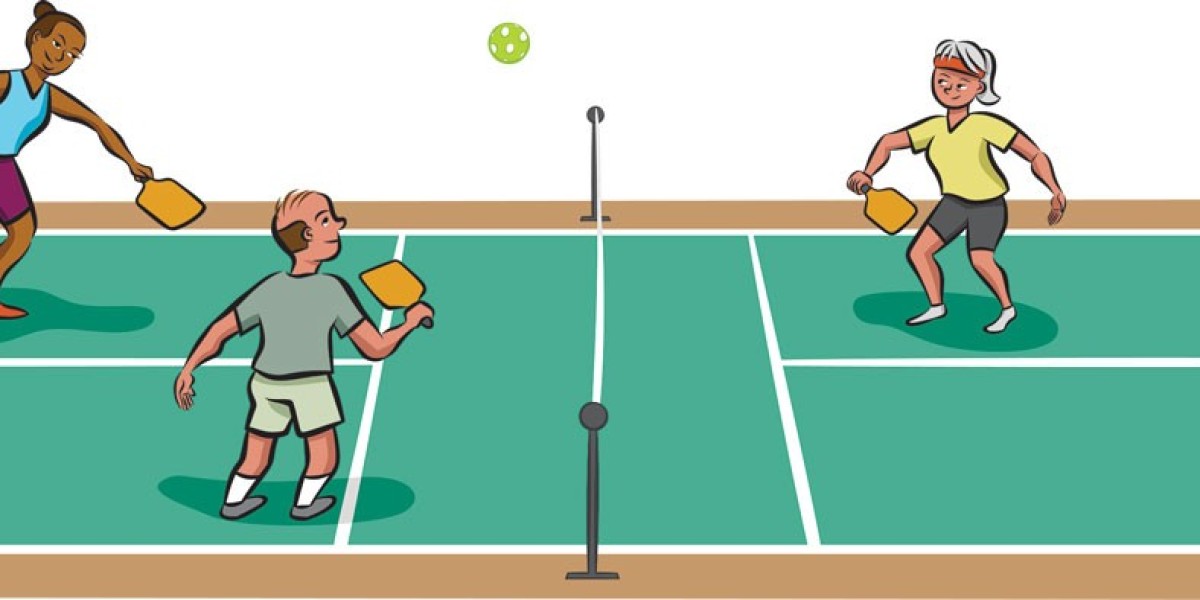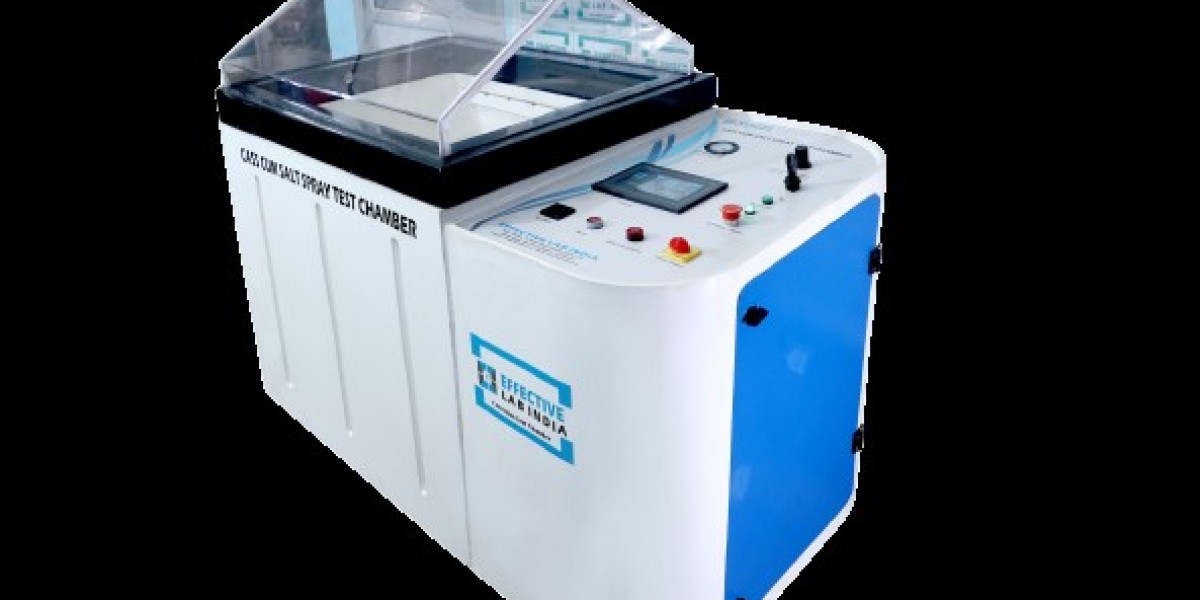Pickleball, a sport known for its unique blend of tennis, badminton, and table tennis, has captured the hearts of enthusiasts worldwide. While doubles play is a common and exciting format, the game takes on a different rhythm and strategy in singles. In this comprehensive guide, we will explore the pickleball singles rules, covering everything from serving techniques to court positioning and common mistakes to avoid.
Court Dimensions and Layout
Court Size
In pickleball singles, the court dimensions are the same as in doubles. The standard court measures 20 feet wide and 44 feet long, with a non-volley zone (kitchen) extending 7 feet from the net on both sides.
Non-Volley Zone (Kitchen)
The non-volley zone is a critical component in singles play, just as it is in doubles. Players are prohibited from volleying the ball (hitting it in the air without allowing it to bounce) while standing inside the non-volley zone. This rule is designed to prevent players from dominating the game with aggressive net play.
Serving Rules in Pickleball Singles
Service Area
In singles play, the server stands within the service area, a 6x6-foot box situated behind the baseline. Both feet of the server must be inside this box at the time of the serve. The serve must be executed diagonally across the court, ensuring it lands in the opponent's service court.
Underhand Serve
Consistent with the broader pickleball ethos, serves in singles play must be executed underhand. The ball must be struck below the waist level, and the paddle's head must be below the wrist when making contact with the ball. This underhand serve requirement fosters fair play and prevents the dominance of overpowering serves.
Double Bounce Rule
After the serve, the ball must bounce once on the server's side and once on the opponent's side before players can engage in volleys. This rule is fundamental in both singles and doubles, ensuring that both players have an equal opportunity to play off the serve and promoting lengthier rallies.
Faults and Fault Lines
Several faults can occur during a singles match, leading to the loss of a point or a side-out. Common faults include:
1. Foot Faults: The server's feet must remain within the serving area during the serve. Stepping on or over the baseline or onto the court before the ball is struck is considered a foot fault.
2. Double Bounce Violation: Failing to let the ball bounce twice (once on each side) before initiating a volley results in a fault.
3. Out-of-Bounds Serve: If the serve lands outside the opponent's service court or hits any part of the non-volley zone, it is considered out of bounds.
Strategic Considerations in Pickleball Singles
Court Positioning
In singles play, players must cover the entire court on their own, requiring strategic court positioning. Players often employ a side-to-side strategy, moving laterally to cover the court efficiently. Proper court positioning is crucial for anticipating and responding to the opponent's shots effectively.
Solo Volleying
With no partner to share the court, players in singles often find themselves engaging in more volley exchanges. Quick reflexes and precise shot placement become paramount as players seek to gain an advantage by forcing errors or executing winning shots.
Fitness and Endurance
Singles play demands more movement and stamina compared to doubles. Players need to be physically fit and possess endurance to cover the court, engage in volleys, and sustain a high level of play throughout the match.
Common Mistakes to Avoid in Pickleball Singles
Overcommitting to the Net
While aggressive net play can be effective, overcommitting to the net in singles may leave the baseline vulnerable. Opponents can exploit this by executing deep shots, forcing the player at the net to retreat and potentially creating opportunities for winning shots.
Ignoring Fitness Conditioning
Singles play is physically demanding, requiring players to cover the entire court on their own. Neglecting fitness conditioning can lead to fatigue and a decline in performance as the match progresses. Regular cardio and strength training can enhance endurance and overall playing capability.
Neglecting Shot Variety
In singles, players should not rely solely on one type of shot. A diverse range of shots, including groundstrokes, volleys, and lobs, adds unpredictability to the game and makes it challenging for opponents to anticipate each shot.
Conclusion
Pickleball singles is a dynamic and exhilarating format that showcases a player's individual skills, strategy, and endurance. Understanding the specific rules governing singles play, from serving within the designated area to avoiding faults and adapting strategic considerations, is crucial for success on the court. By avoiding common mistakes, honing shot variety, and staying physically conditioned, players can fully embrace the challenges and rewards that come with the solo symphony of pickleball singles. Whether you're a seasoned player or a newcomer to the sport, singles play offers a unique and gratifying experience within the world of pickleball.








